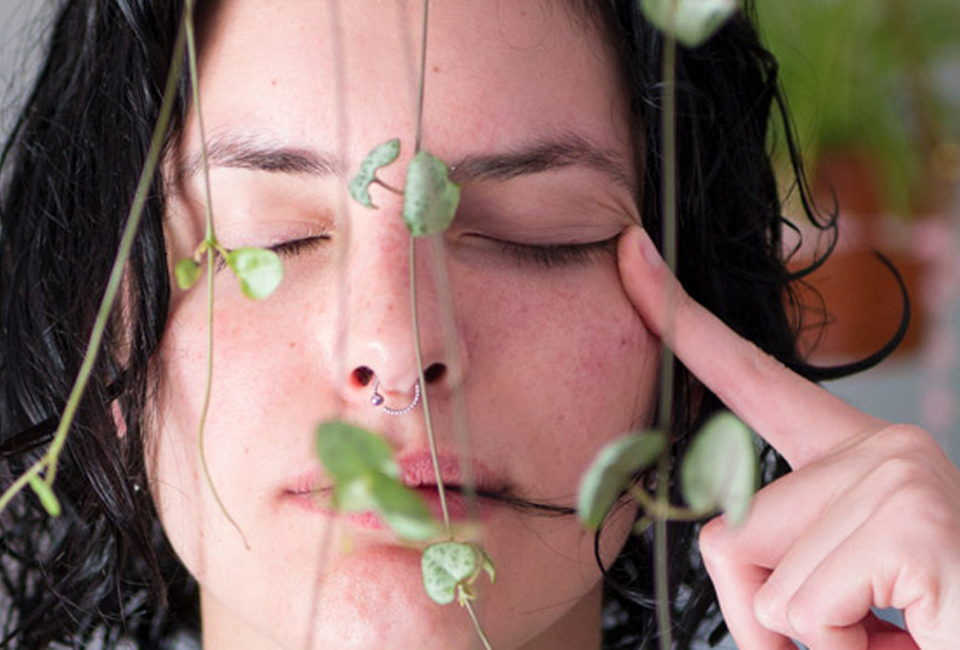- Have any questions?
- contact@findhealthleaders.net
13 Tips to Get Joint Pain Relief in This Winter
1. Dress Warmly
If it’s cold outside, keep aching hands warm with gloves, and add extra layers over knees and legs.
2. Layer Up
It's important to wear lots of layers like a few pairs of gloves on hands and number of warmers on upper and lower body.
3. Hydrate
In winter start drinking more water as this will help you stay active. Even mild dehydration might make you more sensitive to pain.
4. Lose Weight
Even losing 2 kg of weight will reduce stress on your joints and you will feel good your activity level will go up.
5. Exercise Inside
While it's understandable to want to avoid winter chill, people with joint pain should still stay active. The less sedentary you are, the better your physical function. Come up with an indoor exercise plan. Use a treadmill and an elliptical trainer at home.
6. Let Warm Water Comfort You
Swimming in a heated pool is both great exercise and soothing to joints. You can also get relief from warm baths. Just don’t go right out into the cold after your soak. Let your body temperature normalize a bit first.
7. Supplement Vitamin D
Low levels of vitamin D might play a role in how sensitive you are to arthritis pain, according to research in the September 2015 issue of Pain Management. Being deficient in vitamin D also raises the risk for osteoporosis. You're less likely to get enough vitamin D from its natural source, sunlight, in the winter, so talk to your doctor about your need for supplements or vitamin D-fortified foods.
8. Stay Safe
Particularly when the weather turns icy, people with arthritis need to protect their joints from further damage. If you’re going outside, pick solid, supportive shoes with good treads and try to walk on a surface that doesn’t look slick.
9. Try a Glucosamine-Chondroitin Supplement
These supplements are readily available as over the counter drug at chemist single tablet in a day for three months will take care of the winter chills on your joints.
10. Add Fish Oil
Omega-3 fatty acids do have some benefit because they seem to reduce the level of inflammation. Up to 2.6 grams of fish oil capsules twice a day. Make sure to let your doctor know if you try omega-3s, as they can increase the risk for bruising or bleeding.
11. Consider Acetaminophen or NSAIDs
Even if you prefer to treat your joint pain with lifestyle changes rather than medication, you may want to take an over-the-counter pain reliever when your joint pain seems to worsen with the weather. To avoid side effects, take the lowest dose for the shortest amount of time, and always check with your doctor first to make sure it is safe for you to take.
12. Get a Massage
Yes, you have permission to indulge yourself and get a massage. “A lot of what’s happening in terms of pain is [that] some is emanating from the joint and some from the muscles around the joint. Getting an hour-long massage once a week for at least eight weeks was shown to reduce pain.
13. Get Physiotherapy
Along with self treatment it is essential to have physiotherapy atleast a week in every month of winter to keep your joint away from stiffness and strengthen the musculature.



